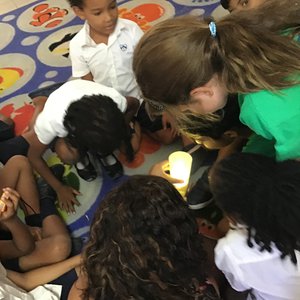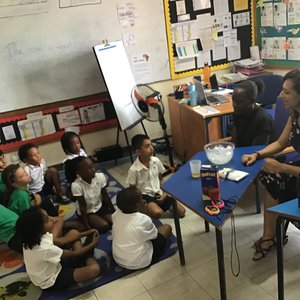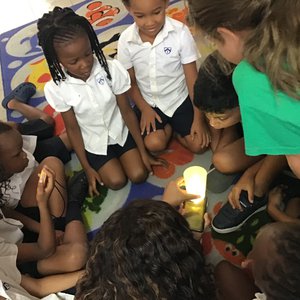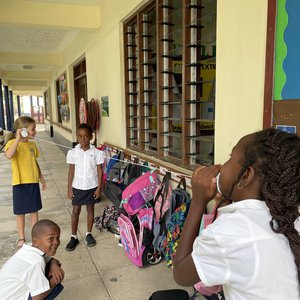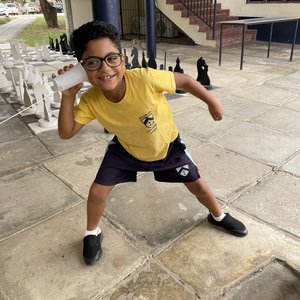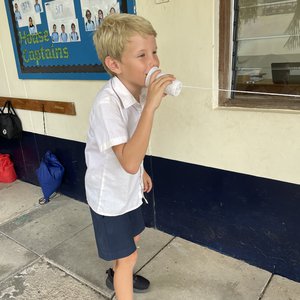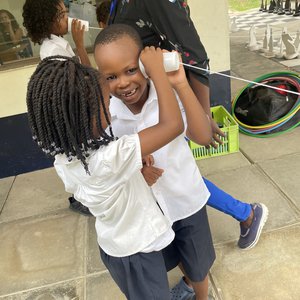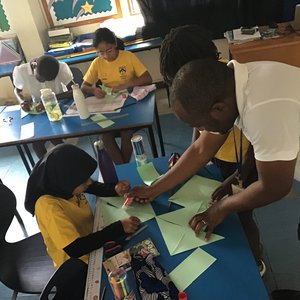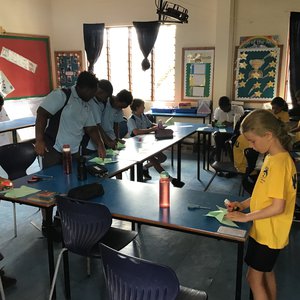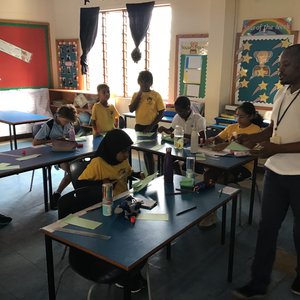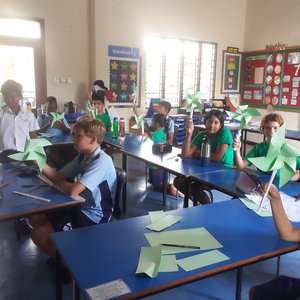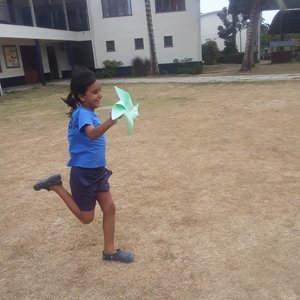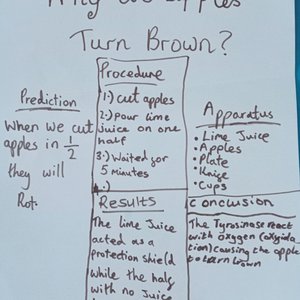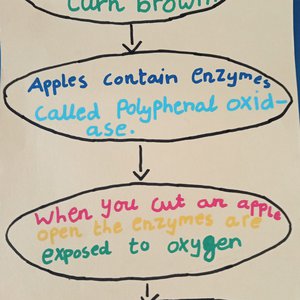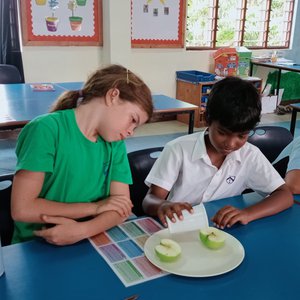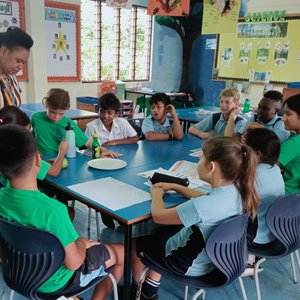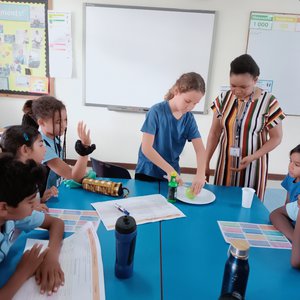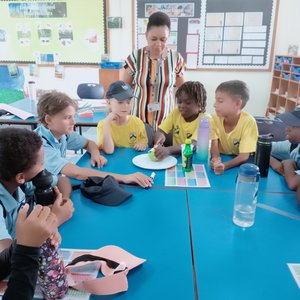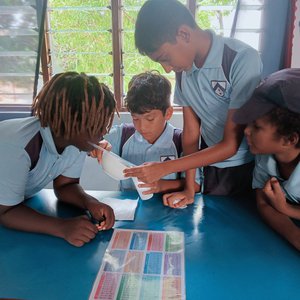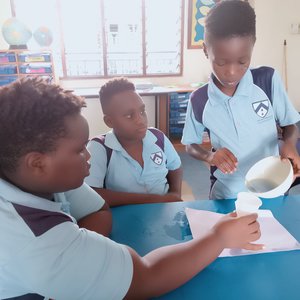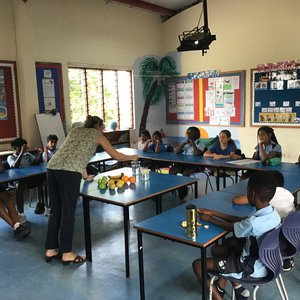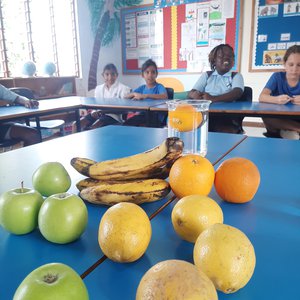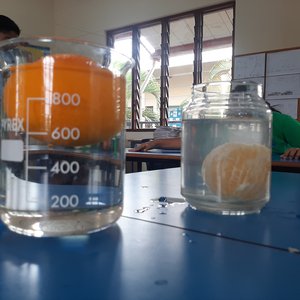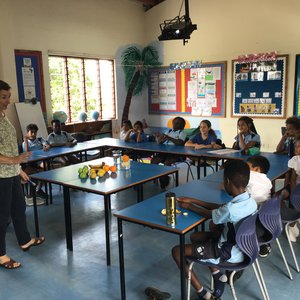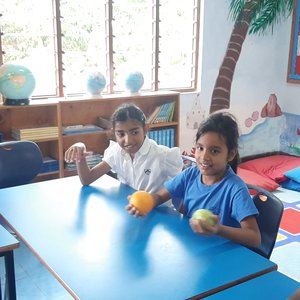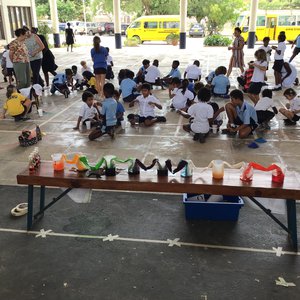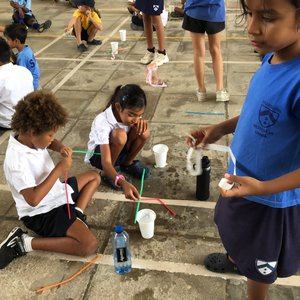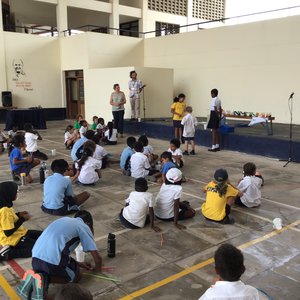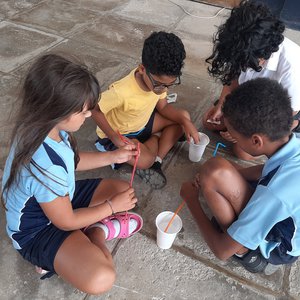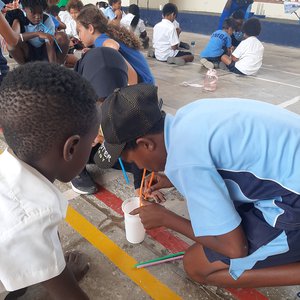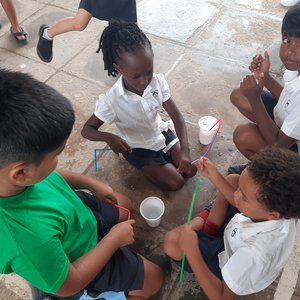Primary STEM Day
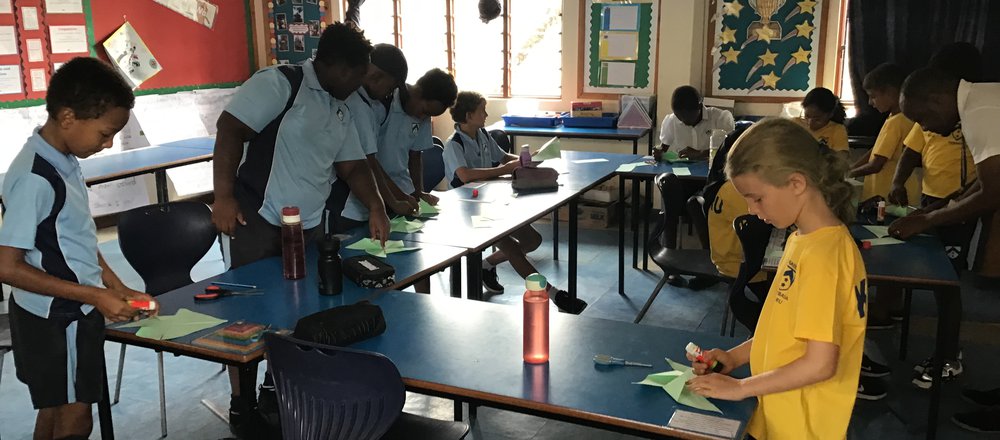
10th February 2023
On Tuesday, we had our Primary STEM (Science, Technology, Engineering, Maths) day. In house groups, children explored three Big Questions before taking part in the Water Transport Challenge in the Hall of Nations. The scientific reasoning was inspiring and a wonderfully educational day was had by all!
Here are some of the Big Questions that we explored:
How do suspension bridges work?
After studying the factors that contribute to bridge strength, we had a go at building bridges ourselves. Using only tooth-picks, half a piece of A4 paper and modelling clay, groups had to engineer a bridge that could transport a toy car across a 20cm ‘abyss’.
Mr Buckley
How do solids change to liquids?
Making a slushy opened up a discussion on different states of matter: solids, liquids and gases. We used water as our centre of discussion. It was unbelievably incredible to listen to the children giving out facts and give their reasoning.
Ms Oira/Ms Janet O.
How does sound travel?
Curious and eager to find out more about exactly how sound travels, we set up our investigations by connecting two plastic cups to a whole lot of string! Then, we walked apart until the string was tight and took turns to talk through the inside of our cups while our friend, who was on the other end of the line, listened on their cup.
It was so much fun to communicate through our telephones and it was very enlightening to learn that sound is created when something vibrates and sends waves of energy (vibration) into our ears. We also learned that the stronger the vibrations, the louder the sound and that sounds get fainter the further you get from the sound source.
Ms Pasta
How can you harness the wind?
We talked about wind power and how this is harnessed. Children shared their knowledge of the topic before we started making our own blades. The children were excited to test them out on the field.
Mr Kamana
Why do apples turn brown?
We discussed what happens when freshly cut fruits are exposed to air and children were able to explain that most fruits left open, turn brown. We carried out our investigation to answer the question why these fruits turn brown when exposed to air. It was an amazing experiment! The children learnt that most fruits contain an enzyme called polyphenol oxidase. When this enzyme comes into contact with oxygen in the environment, a process called oxidation takes place hence turning the phenolic compounds in the apple tissues brown. They also found out ways of preventing browning of fruits when left open.
Ms Mwaka
Does fruit float?
We were looking at properties of materials and asking: Does fruit float in water? Why or why not? We predicted and explained our reasoning, then we tested different fruits, firstly with their skins on and then peeled. We were very surprised with the results! We also revised and learnt some great vocabulary, including water resistance, gravity, waterproof, absorbent, opposing forces and water displacement.
In the afternoon, Y6 made biodegradable plastic from…milk! We used vinegar to curdle the milk and then we had a dough that we could shape and colour into whatever we wanted. Why not try your own at home?
https://www.sciencebuddies.org/stem-activities/milk-into-plastic
Ms Russell
Water transport challenge
.









